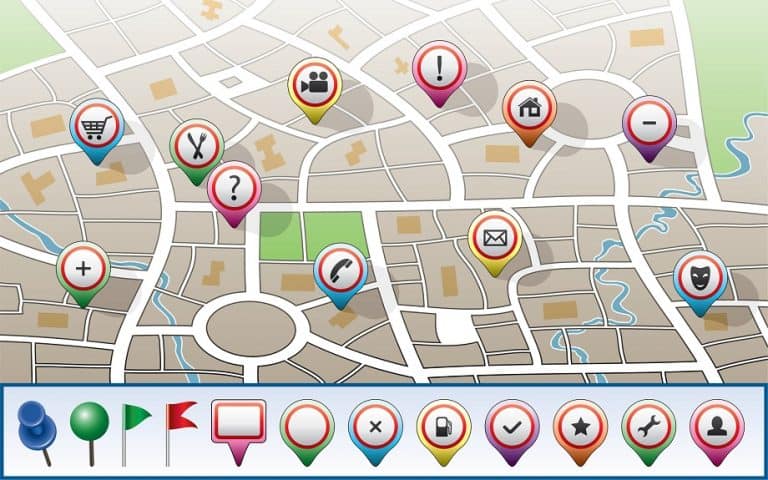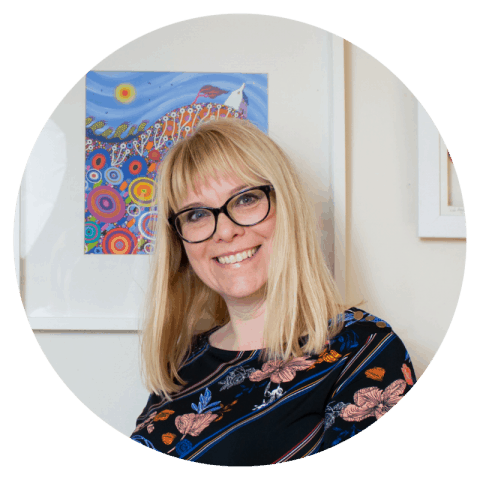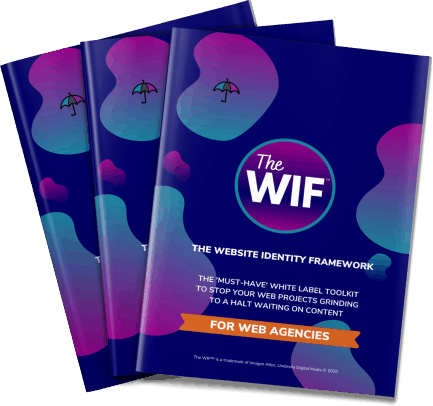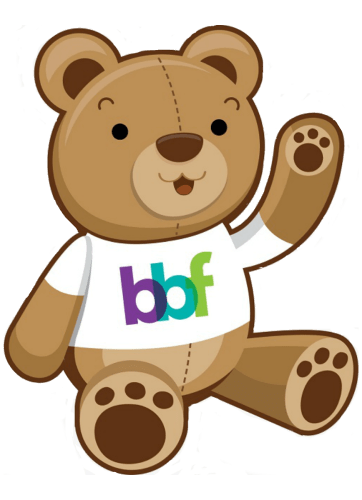When you start on the journey of designing your website / having someone else design your website, it’s a rather exciting journey. Once the rush of the decision to make your website has been made you can start putting down all your ideas on paper of how you want it to look and what you want it to say. So at this point you are either a) so full of ideas that you don’t know where to start or b) so overwhelmed by the whole process that you don’t know where to start either.
On every website, there are key things that should always be included but before I tell you about these, I want to give you an idea of how to get your own creative juices flowing to either calm down your ideas or get them flowing.
The most important thing about any website is the website STRUCTURE. I know you might not think this is the exciting part but this is the part that will be very important for your website visitor and the experience that they have when they visit your website.
STRUCTURE is the customer journey. Think of it this way. If you jump on a bus or a train, there’s a map. A map of where you are going. You need a map to know which bus or train to take to take you on your journey from A to B. Well, think of your website in the same way. There has to be a plan, a map, a journey and because your visitor may not know where they might end up, they will be guided by where they start. Just as you might hop off the bus to take a detour, your web visitor could become distracted by something else on your site that they had not planned to look at and so you need to gently guide them, give them the map to take different directions yet bring them to the same end journey.
Make sense?
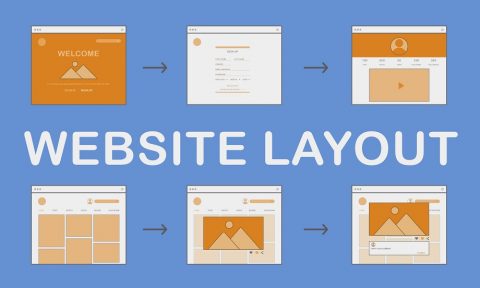
OK, try this. Grab yourself some post-it notes. Each post-it note represents a piece of content or action that you want to include on your website. Once you have all the post-it notes complete, put them in order or priority and what you think will rank the most important for your web visitors. It will soon become clear which is more important and maybe what might not even need to be included or even things you had not even thought of.
Next, let’s talk about the pages that every website should have to start with. You can decide which elements of your post it notes fall into each page category.
HOMEPAGE When someone visits your homepage, they will take about 5 seconds to find out what it is you do and whether they want to know more. So, it’s important that your homepage captures their attention and gives them a snapshot of what you offer and more importantly how you can help them. Make this really easy for them to do. Make your homepage a snapshot summary of what your business is and how it can help them.
ABOUT PAGE A great about page is not what you might think it is. It’s not all about YOU for starters. It’s about the person who is reading your website. Your website is there to solve the reader’s problem, it’s about solving the reason why they are looking on your website in the first place. No one wants to really read about you, maybe a little, make it personal but make it about them, draw them in by showing how you have the understanding of the need that brought them to find you. In my opinion, the worst thing you can do is list your accomplishments like a CV, quite frankly they wouldn’t be interested, would you?
SERVICES Make it really clear what you offer in the way of services. Make the types of services you offer easily signposted and not overly heavy on the text. Bullet points work really well to give the reader a summary so they can scan whether or not what you do can help them with what they need. There’s nothing to say you can’t have further signposting to take them to a more detailed description of a service (just as they hopped off the bus for a quick detour) but people want data fast and a quick skim read in the first instance is what you’ll get. When the reader knows there’s something you can help with, they might opt for the detour route or come back for more when they are ready to go more in depth. That initial recognition that you could possibly solve their problem could put you in mind for further investigation.
CONTACT Make it really easy for people to get in touch with you and make it hard for bots to not spam you! Have a great contact form on your site with an “are you human?” captcha loaded. Tell people where else they can go to check out your credentials and find out a bit more about you such as Social Media platforms or other websites you are involved with. If you are a bricks and mortar establishment then get a map loaded so people can easily find you and know where you are.
GOT A MAILING LIST? Then give people to sign up for your emails too. They may not be in a position to get in touch with you straight away but perhaps want to see what you say, so give them the opportunity to keep in touch and hear more from you.
TESTIMONIALS Make sure to let people you have worked with share their experiences and stories of working with you and how they feel about working with you. It helps your visitor build a picture of you, how you operate and what experiences people have had and what difference it has made to their own businesses.
Finally, A BLOG
You have to have a blog! Blogging is a brilliant way to show off your personality, your experience and expertise. It is a way to give people help and advice. You are simply adding value to them by sharing what you know so others can use that information and knowledge to apply to their own circumstances or help them make decisions about how they work and whether they might want to work with you.
It is also one of the best ways to enrich the SEO content on your website. It helps your site be more visible and sharing the blogs on social media is a great way to share content and help drive traffic back to your website.
How did you get on with your post-it notes? Did you end up having a fairly great idea of a structure by the end of that exercise? Perhaps you will feel a little clearer in what you want to say on your website and how you are going to say it.
When you have a clear direction of structure and what you want to say, your web design will flow. This process can be tough to do it alone and sometimes it’s an overwhelming process that can help to have input from others not directly involved. This is where a great web designer comes in, to help you see the wood for the trees and draw out the right website structure and content ideas for your website.
Have you planned a website? How did you get on and what would you say was the hardest part of planning?
Want to know more? Get in touch.
